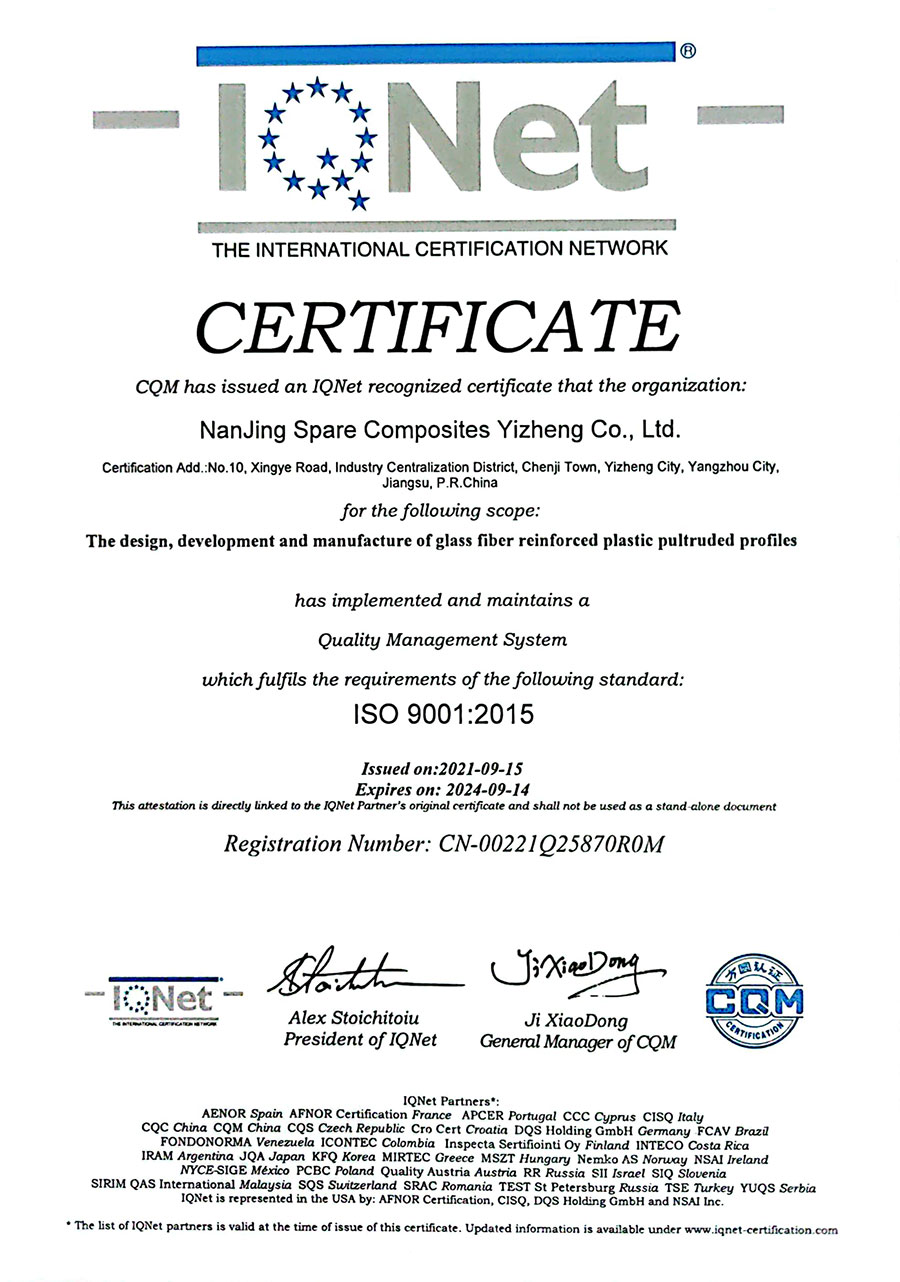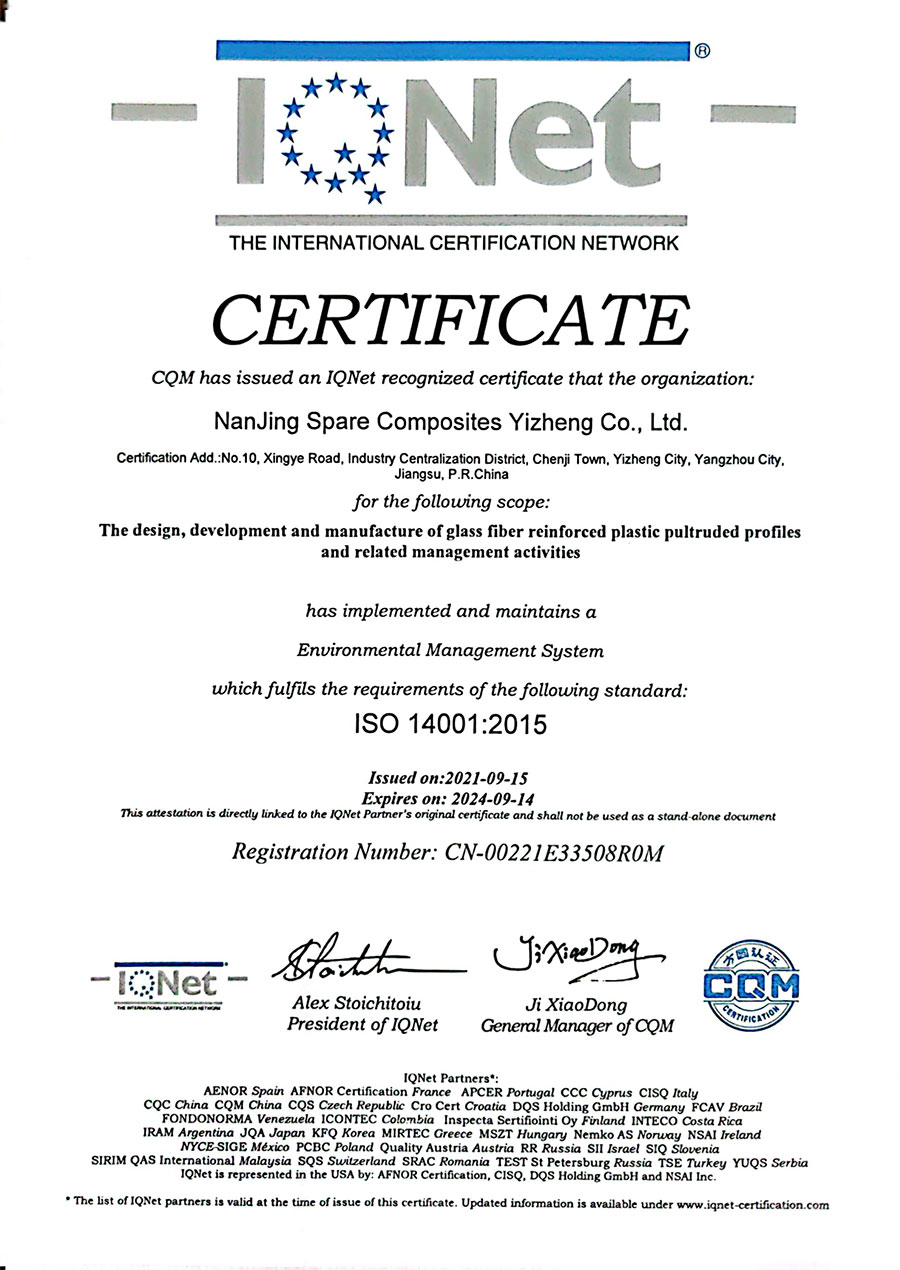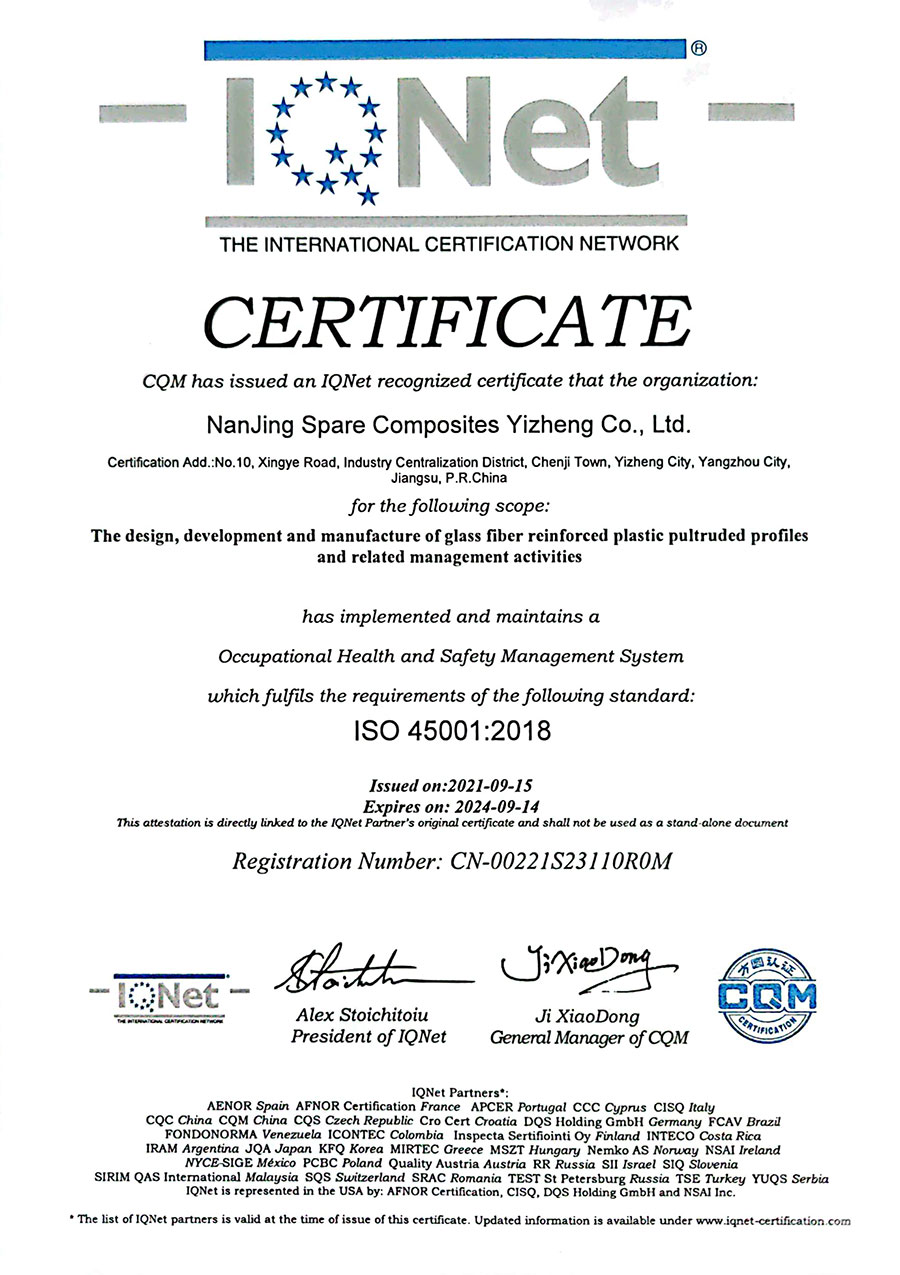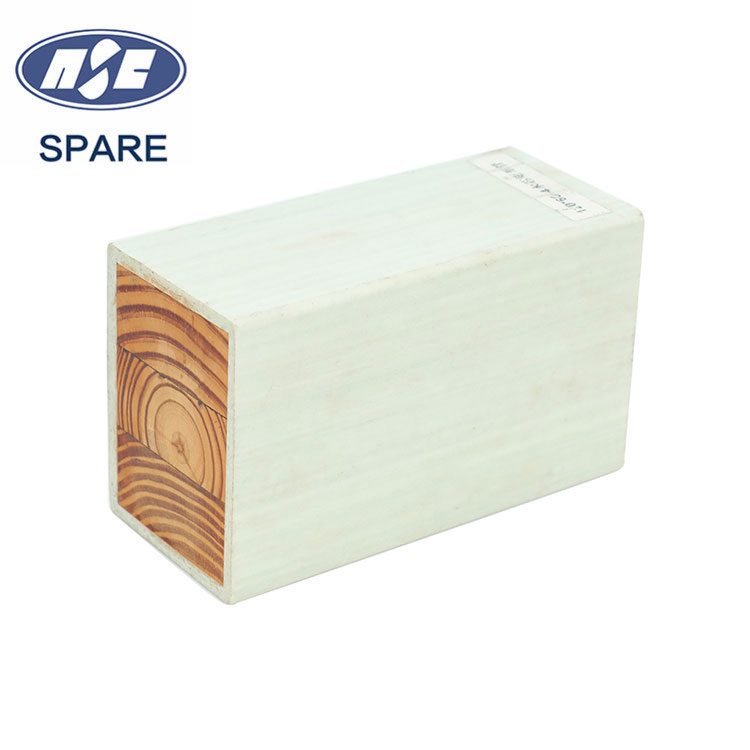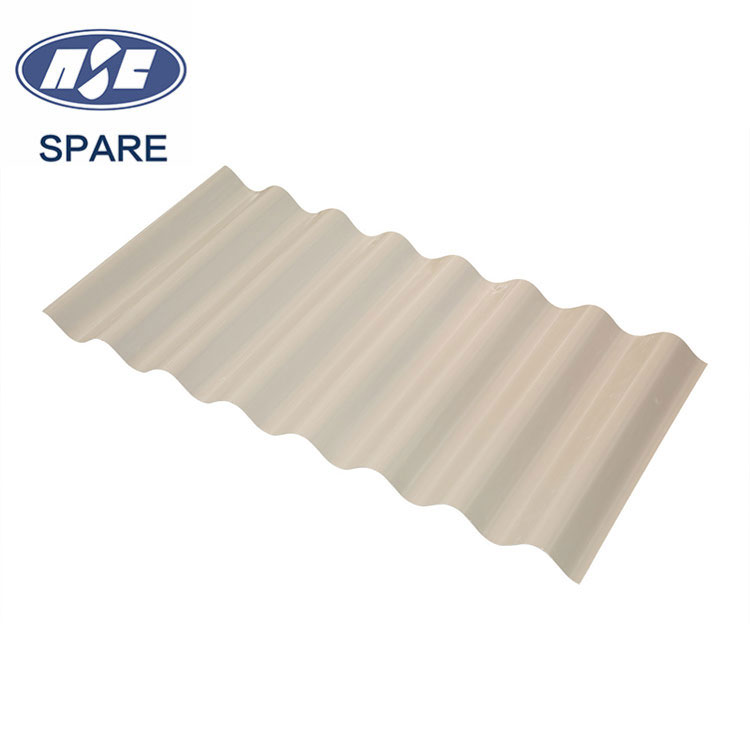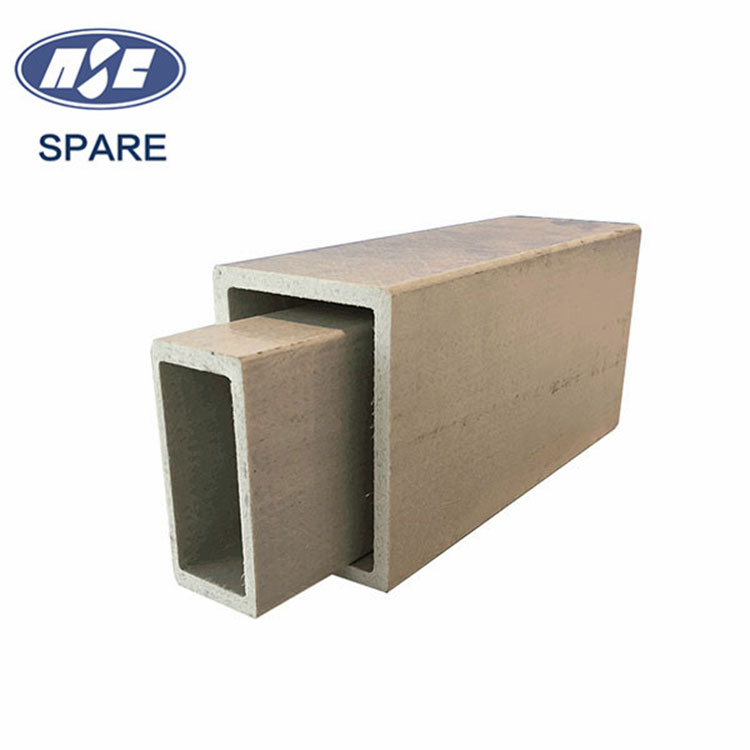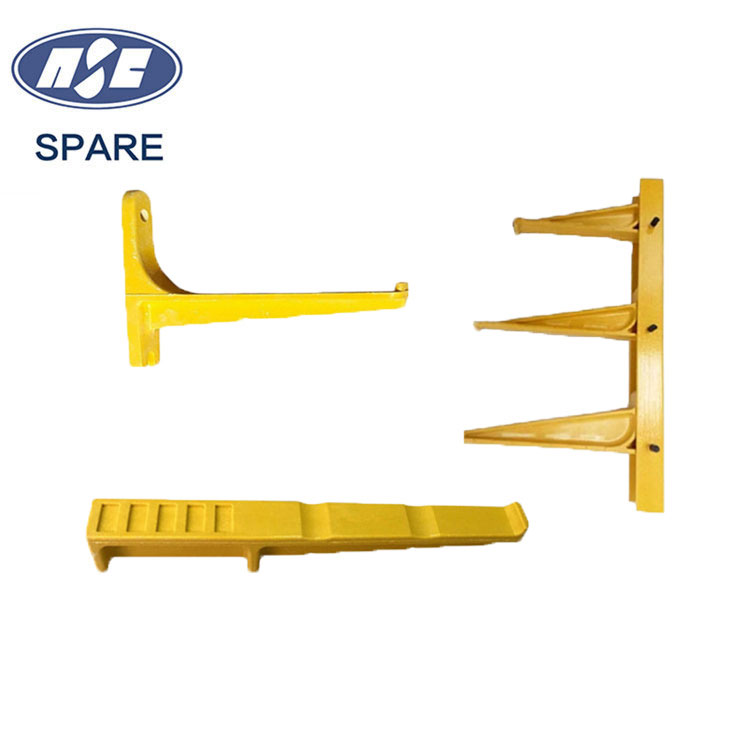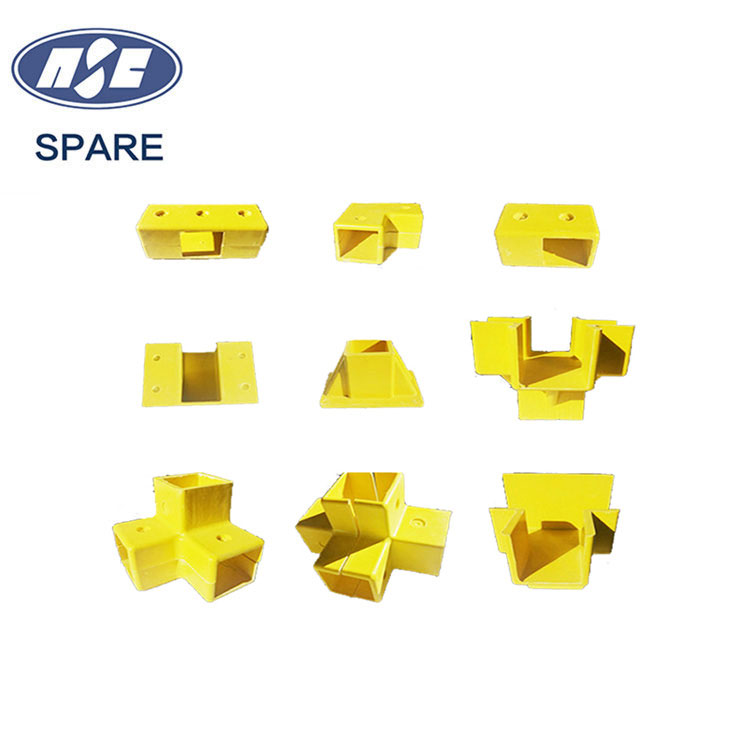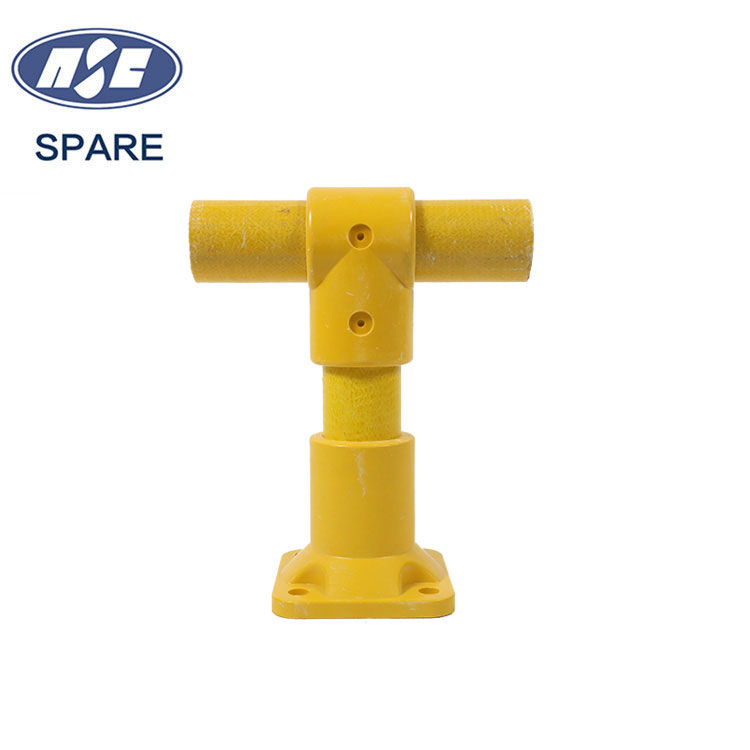- Custom Pultrusion Shapes
- FRP Standard Profile
- Vehicle Composite Profiles
- FRP Bridge Components
- FRP Ladder Rail Profiles
- FRP Tool Handles
- FRP Epoxy Pultruded Profiles
- Fiber-Reinforced Connectors
- FRP Covers
- Composite Cooling Tower
- FRP Decking Solutions
- FRP Grating
- Fiberglass Handrail and Fencing
- Fiberglass Windows and Doors Profiles
- Structural Reinforcements and Profiles
- Composite Frames for Solar Panels
- FRP Cable Tray
FRP Bridge Elbow
The FRP bridge elbow is a special-shaped FRP bridge component used to connect two straight sections of bridge and change the direction.
Send Inquiry
The FRP bridge elbow is a special-shaped FRP bridge component used to connect two straight sections of bridge and change the direction. It is usually used when turning or corners are encountered during the cable routing process.
FRP bridge elbow has the following features and advantages:
1. High strength: Made of fiberglass material, it has excellent strength and stiffness and can withstand a certain load and pressure.
2. Corrosion resistance: FRP material has good corrosion resistance and is suitable for humid and corrosive environments.
3. Light weight and high strength: light weight, high strength, easy to transport and install, and has high load-bearing capacity.
4. Easy to install: reasonable design, easy to install, can quickly connect the bridge and complete the turn wiring.
5. Long life: not easy to rust and corrode, low maintenance cost and long service life.
Installing fiberglass cable tray elbows usually requires the following steps:
1. Measurement planning: Measure the turning position and angle according to actual needs, and determine the installation location.
2. Install the bracket: Install the bracket to support the bridge elbow to ensure stability and safety.
3. Connect the bridge: Connect the elbow of the FRP bridge to the straight bridge to ensure a firm connection.
4. Adjust the angle: Adjust the angle of the elbow as needed to make it meet the design requirements.
5. Inspection and debugging: Inspection and debugging should be carried out after installation is completed to ensure that the bridge elbow is safe and reliable.
FRP bridge elbows are often used in power, communications, pipeline and other industries to achieve turns, corners and other needs during the bridge wiring process to maintain the continuity and integrity of the wiring.
Understanding the FRP Pultrusion Process
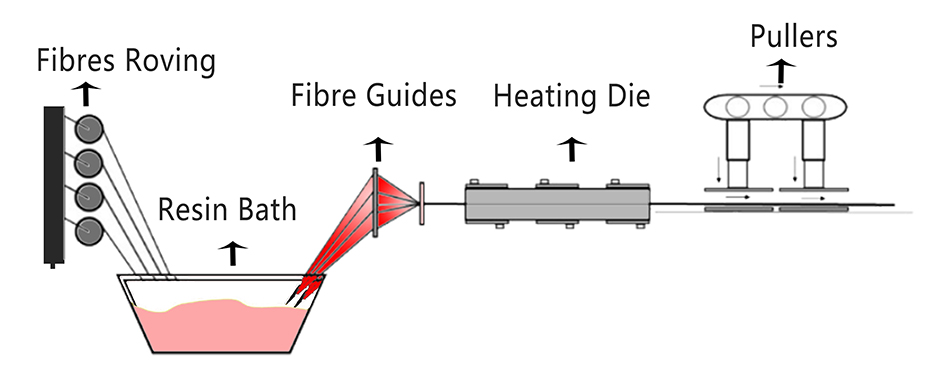
We are manufactures, engineers, designers and fabricators.
Benefits of FRP

Framework stability

Superior corrosion resistance

lightweight

Easy to install

High Strength

customisable

Durability

Non-Conductive

Non-Magnetic

Thermal Stability

Low Maintenance Costs

Low Thermal Conductivity
Qualification Certificate
